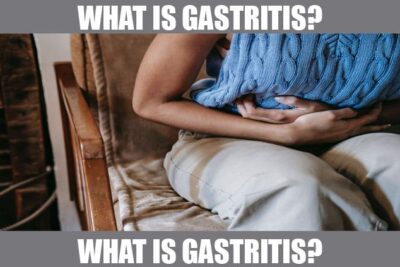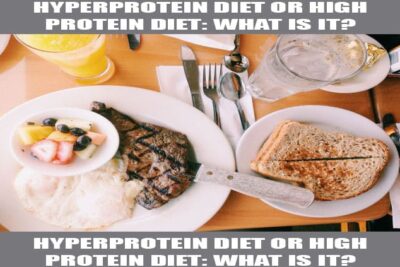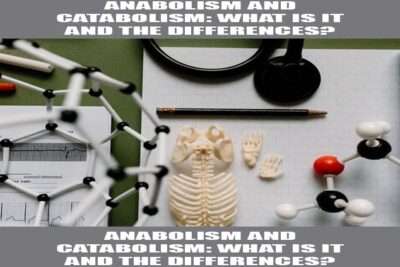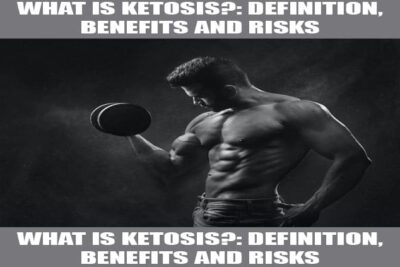
Physical Fitness: Definition, Concept and Types
Physical Fitness Definition
Physical fitness has been defined as the ability to perform physically demanding activities and other parts of daily activities for a prolonged period without excessive exhaustion. Basically, physical fitness is synonymous with healthy and proper bodily function. Therefore, physical fitness implies the body's ability to withstand any form of physical stress and, more importantly, to adapt to changes in the environment and its needs. That is, it is the ability to withstand any activity or physical task that requires the application of our muscles, bones and other connective tissues.
Physical Fitness Concept
The concept of physical fitness can be defined in simple terms as the body's ability to function effectively and adapt to changes. Physical fitness means being fit and able to perform all physical activities of daily living. This involves the heart, lungs, and other important organs. Physical fitness is generally achieved through regular exercise, proper nutrition, and adequate rest. However, for a fit person, it also includes some facets that are not included in the aforementioned aspects.
In addition to physical fitness, we must also consider quality of life or quality of well-being. This is also an aspect of fitness, but is often thought of as a separate entity. Quality of life (QoL) refers to the ability of an individual or family to perform their activities of daily living (ADL) satisfactorily. Quality of life includes having a decent social life, good health and productive work. Most psychologists would define quality of life as the sum total of all the benefits derived from active living rather than the amount of physical activity performed.
Basic Physical Fitness Types
There are two basic types of fitness activities: exercise and aerobics. Exercise can be passive or active; It can be done repeatedly or sporadically. Aerobic exercises are those that use repetitive movements, such as running, jogging, cycling, etc. Examples of aerobic exercise are walking up and down stairs, swimming, or playing sports that require momentum, such as tennis. Aerobic fitness activities can improve your endurance, coordination, muscular strength, cardiovascular endurance, flexibility, bone mass, muscle mass, body mass index, muscle power, muscle power, and body composition.
There are many different levels of fitness. Physical fitness can mean many things to many people. For some, it is simply keeping fit while others define it as training or playing a sport. Some fitness experts believe that a healthy diet and adequate sleep help maintain a healthy lifestyle. Other experts see fitness as a lifestyle choice that is necessary for long-term health.
Factors Affecting Fitness
There are several factors that affect fitness. These include the ability of your muscles, heart, immune system, flexibility, bone mass, body composition, and age. Some of these factors cannot be improved, while others can. Therefore, your fitness level can be improved by doing anaerobic exercise that requires a high degree of energy, while promoting a low level of muscular activity. Strength training is also beneficial, but it shouldn't be done at the expense of endurance or flexibility.
The components that affect your fitness are primarily your muscles, heart rate, flexibility, and bone mineral density. When you do anaerobic exercise, your body composition promotes greater muscular and cardiac efficiency. This helps improve your fitness level by lowering your body fat percentage, which promotes the loss of excess body weight. Bone mass, on the other hand, supports your bone joints and joints while improving your body composition.
Physical training can help reduce health risks and increase life expectancy. In addition to promoting a healthier lifestyle, physical training can prevent chronic diseases and disabilities. For example, physical inactivity has been associated with numerous chronic diseases, including diabetes, hypertension, stroke, obesity, heart disease, and osteoporosis. physical training It is necessary to maintain optimal health. It is also essential for the prevention and treatment of many types of non-life-threatening diseases, such as Alzheimer's disease and senile arthritis. Regular exercise can reduce the risk of age-related memory loss and dementia.






























Content that may interest you